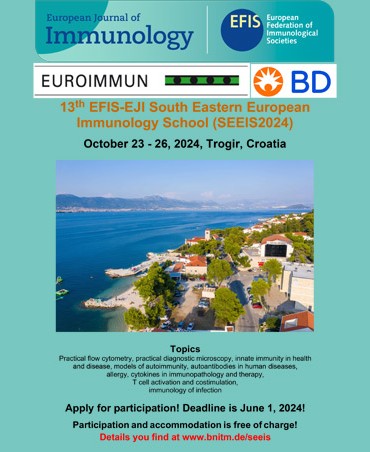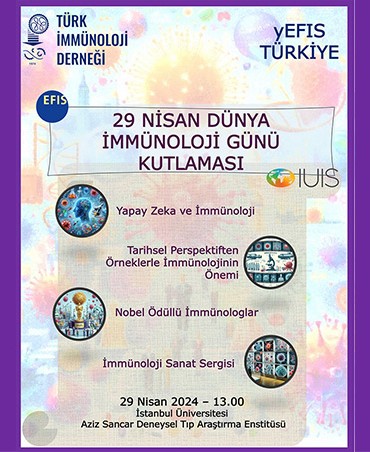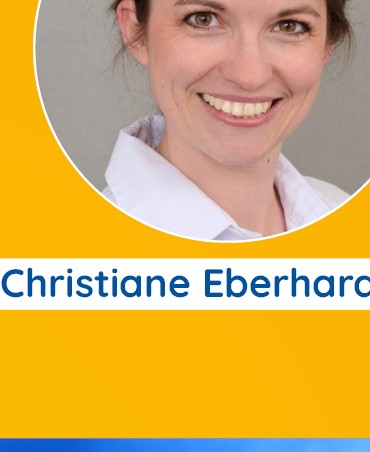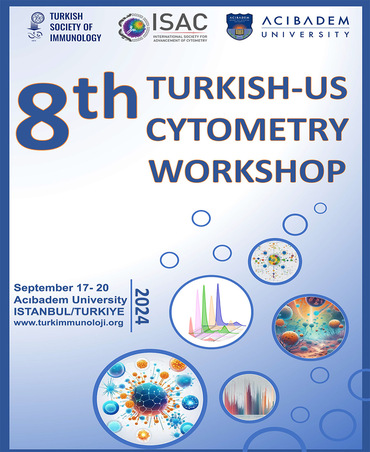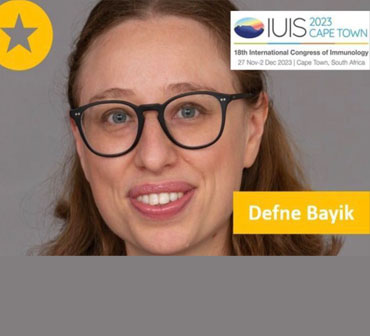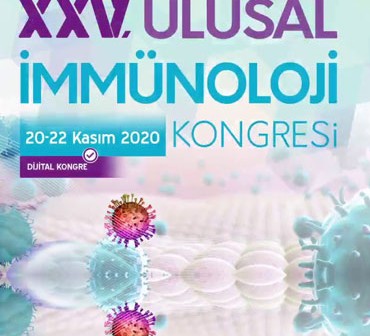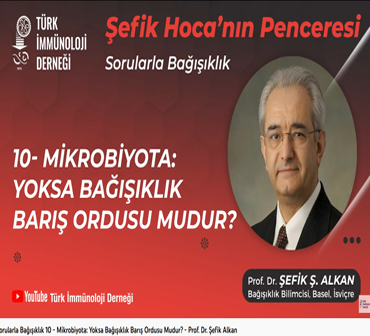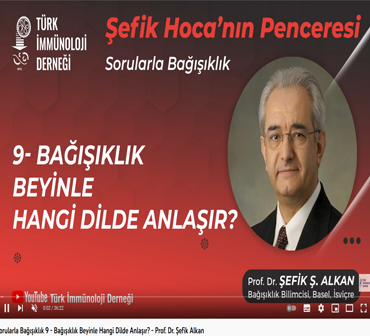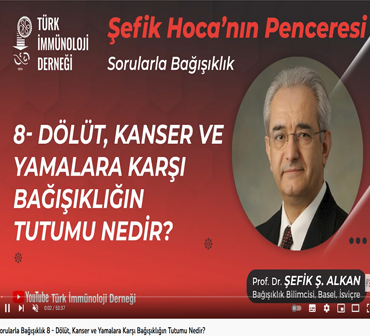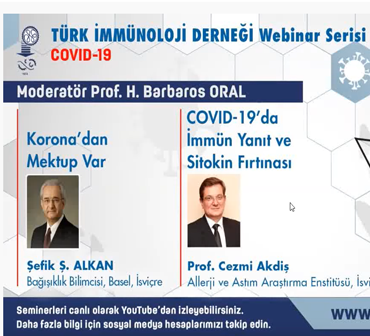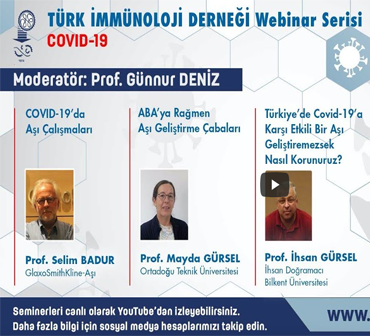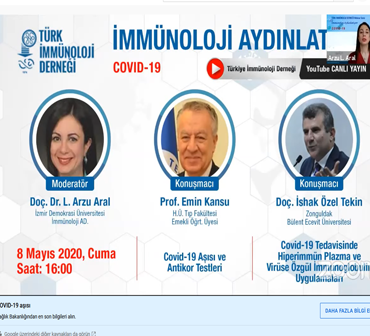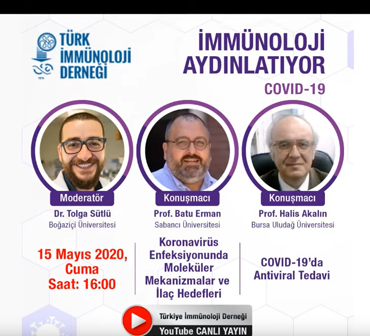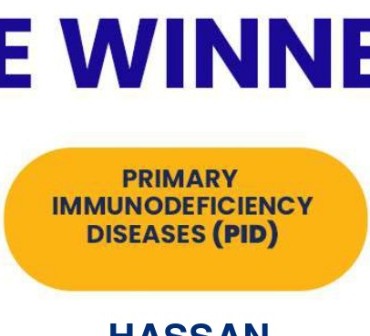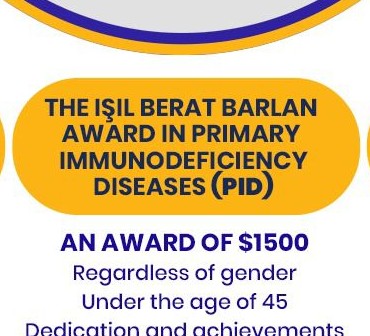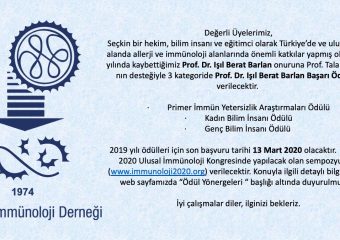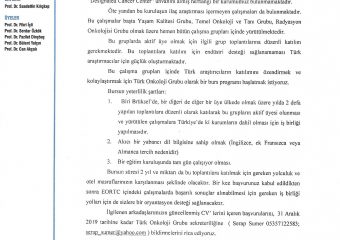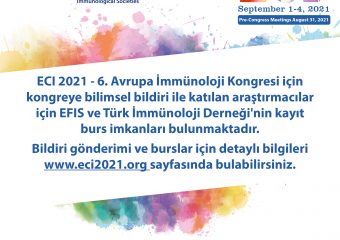- Paul J. Smith
Paul J. Smith
Faculty List
- Ali Şengül
- Awtar Ganju-Krishan
- William Telford
- Duygu Sağ
- Elif Çelik
- Elif Karakoç Aydıner
- Esin Çetin Aktaş
- Fatma Betul Oktelik
- Gerhard Wingender
- Günnur Deniz
- Haluk Barbaros Oral
- İhsan Gürsel
- İsmail Cem Yılmaz
- Joanne Lannigan
- Klara Dalva
- Marianna Tzanoudaki
- Mayda Gürsel
- Mirjam van der Burg
- Muzaffer Yıldırım
- Paul Hutchinson
- Paul J. Smith
- Raif Yuecel
- Raquel Cabana
- Sara De Biasi
- Tolga Sütlü
- Uğur Muşabak
- Umut Küçüksezer
- Zeynep Karakan Karakas
- Zosia Maciorowski
Duyurular
Haberler
Webinar
COVID-19
Bilimsel Ödüller
Kongreler
Professor Paul J. Smith is a cancer biologist and has been active in the fields of DNA repair, drug development, cytometry, biochip development and imaging technologies.
His undergraduate degree was in Medical Microbiology at Bristol University, UK. He received his PhD in Cellular Radiation Biology from Manchester University (Paterson Laboratories). His postdoctoral studies at Chalk River Nuclear Laboratories in Canada addressed DNA repair disorders and a familial cancers programme supported by the US National Cancer Institute. He returned to the UK becoming a senior scientist at the UK Medical Research Council Centre in Cambridge, UK. In Cambridge he was involved in flow cytometry development with long-time colleague Dr James V. Watson. He developed a programme focused on anticancer drug resistance and co-established the Hoechst dye spectral shift methodology, later exploited by others for stem cell isolation. Later he was appointed to the Chair of Cancer Biology at Cardiff University (Emeritus Professor 2013-present). His research
expertise encompasses the cell cycle and drug resistance – deploying imaging and flow cytometry technologies. His inventions include anticancer drugs, molecular probes, imaging systems and biochips. He is a past-president of the International Society for Advancement of Cytometry (ISAC) and Associate Editor of the Journal Cytometry Part A. Co-recipient of the 2012 Royal Society of Chemistry Teamwork in Innovation Award. Director of MediWales – the Wales Life Sciences Forum. Elected Fellow of The American Institute for Medical and Biological Engineering. Co-founder and director of the spin-out company Biostatus Ltd and inventor of the DRAQ probes used extensively in cytometry.
He has co-founded two other biotechnology companies:
Oncotherics Ltd developing novel hypoxia targeting anticancer drugs, and Biosuspensions Ltd developing pharmaceutical formulation technologies.
Closing Conference Topic: “Future of Cytometry” The presentation will scope new developments in cytometry and future unmet needs.
In particular: the importance of the cellular microenvironment, opportunities for spatial profiling, the need to match the scale of analysis with innovative cytometric methods. The context will be to have a wider definition of cytometry - drawing upon examples in cancer biology and drug development.
Relevant Literature:
1. Smith, P.J., S.R. McKeown, and L.H. Patterson, Targeting DNA topoisomerase IIα (TOP2A) in the hypoxic tumour microenvironment using unidirectional hypoxia-activated prodrugs (uHAPs). IUBMB Life, 2022. 10.1002/iub.2619.
2. Ivan, M., et al., Hypoxia signaling: Challenges and opportunities for cancer therapy. Semin Cancer Biol, 2021.
3. Smith, P.J., Z. Darzynkiewicz, and R.J. Errington, Nuclear cytometry and chromatin organization. Cytometry A, 2018. 93(8): p. 771-784.
4. Smith, P.J., et al., Microenvironment Cytometry, in Single Cell Analysis, J. Robinson and A. Cossarizza, Editors. 2017, Springer: Singapore. p. 1-38.
5. Nesbitt, H., et al., The unidirectional hypoxia-activated prodrug OCT1002 inhibits growth and vascular development in castrate-resistant prostate tumors. Prostate, 2017. 77(15): p. 1539-1547.
6. Nesbitt, H., et al., Targeting Hypoxic Prostate Tumors Using the Novel Hypoxia-Activated Prodrug OCT1002 Inhibits Expression of Genes
Associated with Malignant Progression. Clin Cancer Res, 2017. 23(7): p. 1797-1808.
7. Griesdoorn, V., et al., Tracking the Cyclin B1-GFP Sensor to Profile the Pattern of Mitosis Versus Mitotic Bypass. Methods Mol Biol, 2016. 1342: p.
279-85.
8. Wlodkowic, D., et al., Kinetic viability assays using DRAQ7 probe. Curr Protoc Cytom, 2013. Chapter 9: p. Unit 9.41.
9. Smith, P.J., et al., Kinetic analysis of intracellular Hoechst 33342--DNA interactions by flow cytometry: misinterpretation of side population status?
Cytometry A, 2013. 83(1): p. 161-9.
10. Smith, P.J., R.A. Falconer, and R.J. Errington, Micro-community cytometry: sensing changes in cell health and glycoconjugate expression by imaging and flow cytometry. J Microsc, 2013. 251(2): p. 113-22.
11. Mart, R.J., et al., BH3 helix-derived biophotonic nanoswitches regulate cytochrome c release in permeabilised cells. Mol Biosyst, 2013. 9(11): p.
2597-603.
12. Errington, R.J., et al., Time-lapse microscopy approaches to track cell cycle and lineage progression at the single-cell level. Curr Protoc Cytom, 2013.
Chapter 12: p. Unit12.4.

Faculty List
- Ali Şengül
- Awtar Ganju-Krishan
- William Telford
- Duygu Sağ
- Elif Çelik
- Elif Karakoç Aydıner
- Esin Çetin Aktaş
- Fatma Betul Oktelik
- Gerhard Wingender
- Günnur Deniz
- Haluk Barbaros Oral
- İhsan Gürsel
- İsmail Cem Yılmaz
- Joanne Lannigan
- Klara Dalva
- Marianna Tzanoudaki
- Mayda Gürsel
- Mirjam van der Burg
- Muzaffer Yıldırım
- Paul Hutchinson
- Paul J. Smith
- Raif Yuecel
- Raquel Cabana
- Sara De Biasi
- Tolga Sütlü
- Uğur Muşabak
- Umut Küçüksezer
- Zeynep Karakan Karakas
- Zosia Maciorowski
